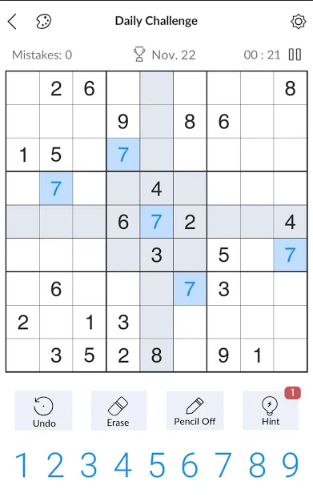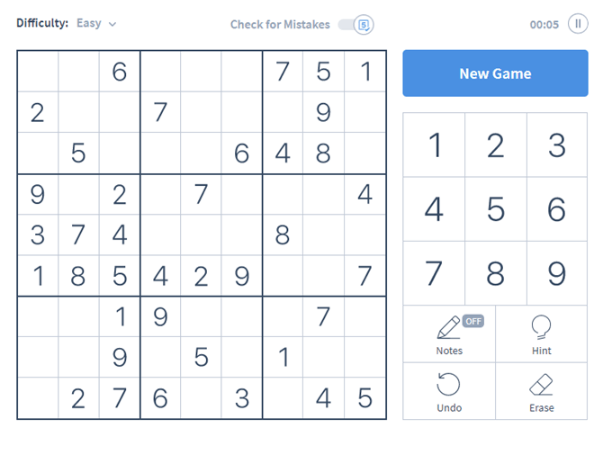The name might sound Japanese, but the game of Sudoku did not really come from Japan. It is not American either. The game is traced as far back to the late 19th century when number puzzles began to appear in French newspapers. Leonhard Euler, a Swiss Mathematician, was first credited of making these early numbers puzzle game. He first developed the idea of arranging numbers like in Latin Squares.
Modern-day Sudoku however, is associated with Howard Garns, an architect and inventor of his time. Dell Magazine published the game, “Number Place” in 1979. In 1984, the Monthly Nikolist introduce the game to Japan. “Suuji wa dokushin ni kagiru” became the name of the game. The name means “the digits must be single” or “the digits are limited to one occurrence”. Maki Kaji decided to abbreviate the game’s name to “Sudoku.” Then it was later registered as a trademark.
Since then, the game continued to rise in popularity. Retired Hong Kong judge, Wayne Gould, first encountered the puzzle in a Tokyo bookstore. He started creating his own number puzzles and later developed a computer program that can reproduce more of it. Gould later promoted the game to The Times magazine in Britain. After that, the game reached other parts of the world and is widely recognized in various shows, newspapers, magazines, and websites as well.
Sudoku’s Rise to Popularity
Sudoku became a well-loved game in Japan because their alphabet would not do well in a word puzzle-type of game. Being a numbers game, Sudoku was less complicated and much preferred by the Japanese. Also, the Japanese people are really fond of puzzles because it is a good source of entertainment while they spend time in lengthy commutes.
The game’s popularity in Japan was just a start. It quickly became a craze in Western countries as well. It got featured daily in newspapers, magazines run monthly Sudoku challenges, and international championship leagues were organized in its honor.
Admit it or not, the game appeals to many people from all walks of life. The rules are easy and simple to learn. People of all ages can play, or at least learn the rules and techniques of the game. It does not even need a lot of tools or props to get started. A player only needs a that contain the numbers 1-9.
A Test of Logic & Patience
Sudoku does not require much in terms of props and player requirements, but it does require a lot of patience and brainpower to get through. Like any puzzle, Sudoku exercises your brain. If you do not have enough patience, the game can be quite tiring and boring. But if you are up for the challenge, then why not start solving a Sudoku puzzle now?
The goal of the game is to complete every row with the numbers 1 to 9 without repetitions. Some numbers in a row are already given, and players have to only fill in the blank subsquares on the board. Once the board is filled with numbers without repeated digits in every row and column, you have just won Sudoku!

Where to Play Sudoku?
Sudoku is still popular these days, but you cannot find them anymore in regular newspapers. Some magazines and pamphlets still carry them, but you really have to diligently scour different publications just to play a new board. If you like solving this number puzzle without waiting for the next publication, you can buy a Sudoku book instead!
A Sudoku book contains tons of Sudoku puzzles that you can solve one after the other. Depending on the book you get, the boards may be organized into Easy, Medium, and Hard ones! Alternatively, you can download a free Sudoku game on your mobile or PC. There are tons of free Sudoku game apps today with randomized boards that can generate a unique and more challenging numbers puzzle experience with each time you open it.



